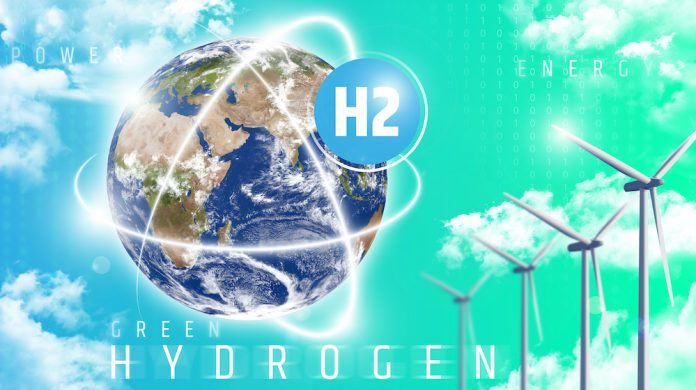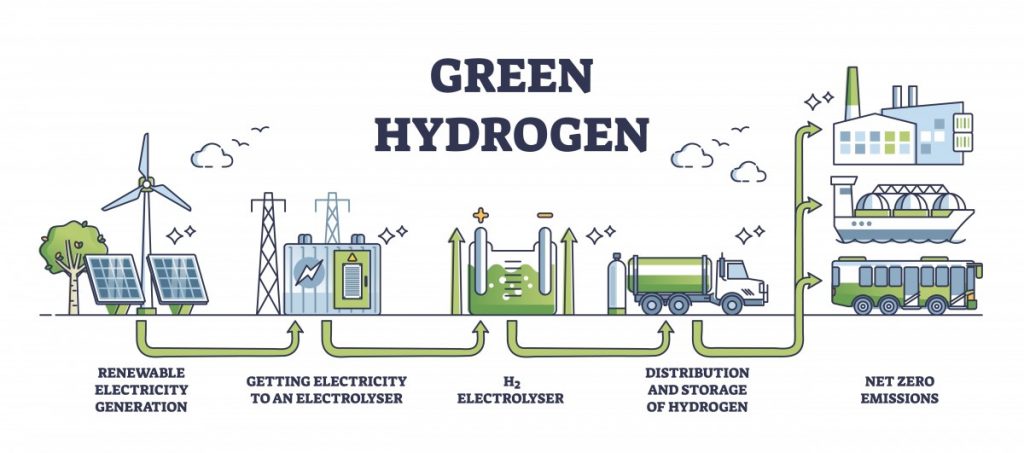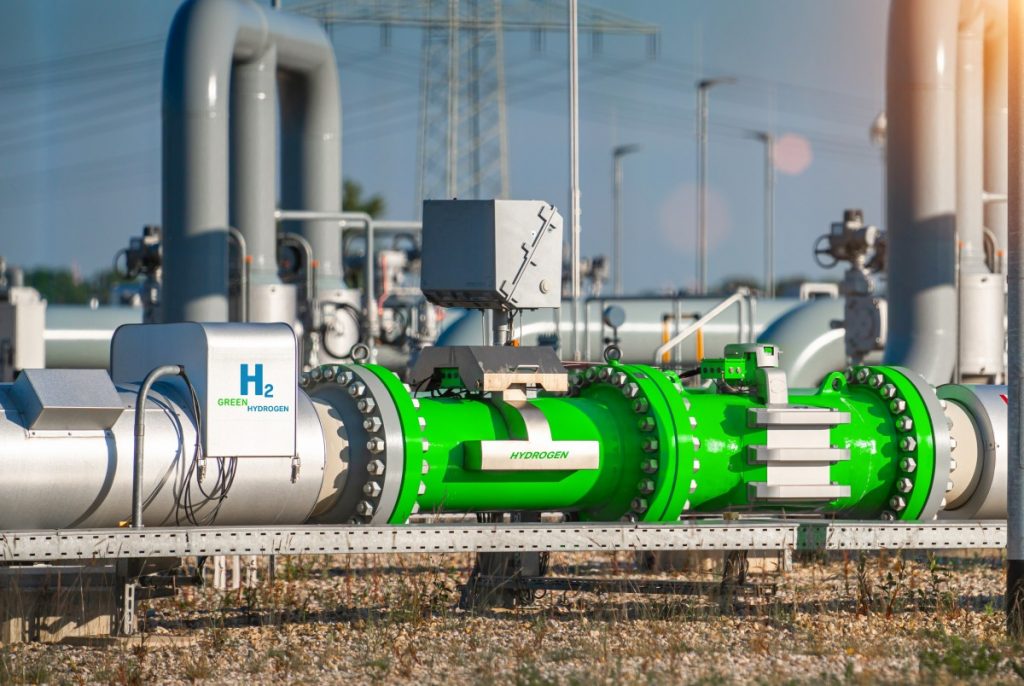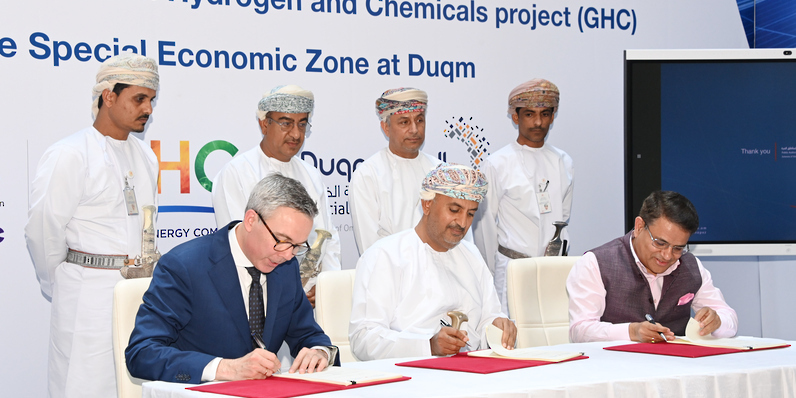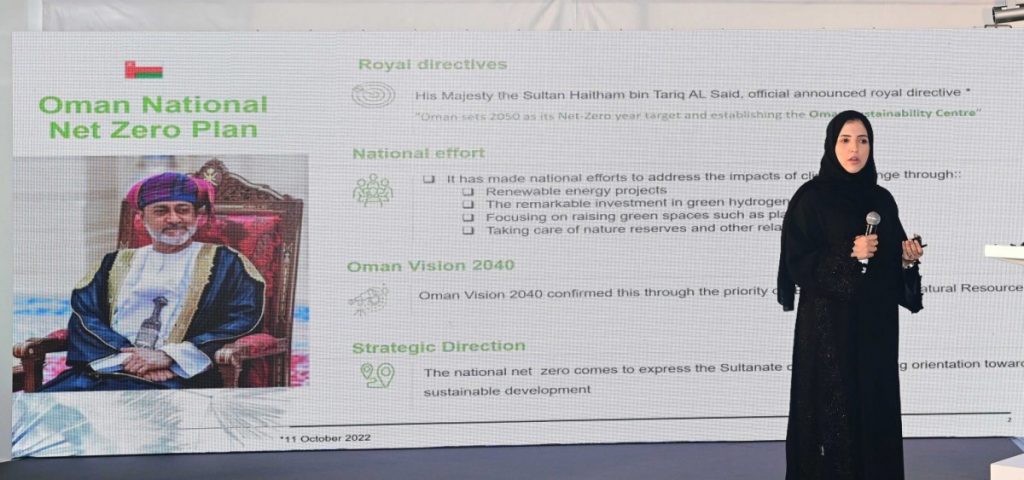Green Hydrogen fuels the world’s drive to environmental sustainability almost reclusively and in a manner that demands immediate attention from global energy superpowers. Alvin Thomas delves into a multi-dimensional plan that could just pave the way to clean energy while disrupting the black and grey energy chains.
A source of energy that has the potential to revolutionise the way we think about and use our resources, green hydrogen and the technology it implements in its production phase could particularly affect sectors and industries in means unimagined just a decade ago.
But to understand more about the miracle power source, we need to outline its definition, benefits, and potential value chain it intends to render.
The Production Process
Green hydrogen, also known as renewable hydrogen, is a clean and sustainable fuel that is produced through the electrolysis of water using renewable energy sources such as solar or wind power.
First, let’s consider the production of green hydrogen. The process of electrolysis involves splitting water into hydrogen and oxygen using an electric current. The electricity used in this process can come from renewable sources such as solar panels or wind turbines, making the production of green hydrogen a zero-emission process.
As a result, it is a much more environmentally friendly alternative to fossil fuels, which emit greenhouse gases such as carbon dioxide when burned.
Green hydrogen can be used to produce a variety of derivatives that can replace fossil fuels in many different industries. Some examples of these derivatives include:
- Ammonia: Green hydrogen can be used to produce ammonia, which is a chemical used in fertilizers and explosives. It is typically produced using natural gas, but the use of green hydrogen as a feedstock can significantly reduce its carbon emissions.
- Methanol: Methanol is a liquid chemical that is commonly used as a solvent and fuel. It can be produced using green hydrogen through the process of methanation, which converts carbon dioxide and hydrogen into methanol.
- Dimethyl ether (DME): DME is a clean-burning fuel that can be used as a substitute for diesel in vehicles. It can be produced using green hydrogen through the process of etherification, which converts methanol and hydrogen into DME.
- Hydrogenated vegetable oil: Hydrogenated vegetable oil, or biohydrogen, is a renewable fuel that can be used in place of diesel in vehicles. It is produced by adding hydrogen to vegetable oils through a process called hydrogenation.
These derivatives of green hydrogen have the potential to replace fossil fuels in a variety of industries, including transportation, agriculture, and power generation.
They can significantly reduce greenhouse gas emissions and help countries transition to a more sustainable and low-carbon economy.
How It Will Impact World Economies
One of the primary (and quickest) ways in which green hydrogen can fuel an entire nation’s economy is through the transportation sector. Currently, the transportation sector is one of the largest contributors to greenhouse gas emissions.
However, hydrogen fuel cells, which convert hydrogen gas into electricity, can be used to power vehicles such as cars, buses, and trains, creating a clean and efficient transportation system.
In fact, several countries have already begun implementing hydrogen fuel cell technology in their transportation systems. For example, Germany has set a goal of having at least one million fuel-cell vehicles on the road by 2030, and Japan has a similar target of having 40 per cent of its new vehicle sales be fuel-cell vehicles by 2030.
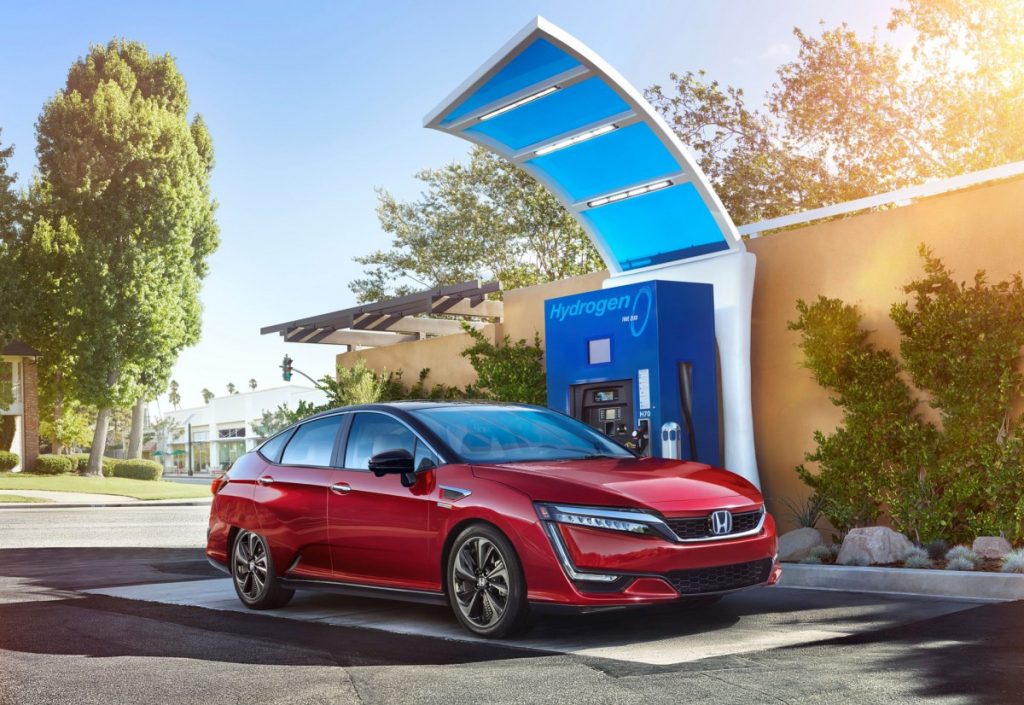
Alongside the transportation sector, green hydrogen can also be used in a variety of industries to fuel machinery and power plants. For example, hydrogen can be used as a replacement for natural gas in the production of steel and cement, significantly reducing the carbon emissions of these industries. It can also be used to generate electricity in power plants, providing a clean and reliable source of energy.
The adoption of green hydrogen in industry and transportation can bring several economic benefits to a nation.
For one, it can create new jobs. It is difficult to estimate exactly how many jobs green hydrogen could create globally, as it will depend on the level of adoption and the specific industries and sectors that are using it.
But, it is expected that the adoption of green hydrogen could create significant job opportunities in the production, storage, distribution, and use of green hydrogen.
According to a report by the International Renewable Energy Agency (IRENA), the global hydrogen market could create up to 30mn jobs by 2050. This includes jobs in the production of the compound, as well as its use in various industries and sectors.
Green Hydrogen can also reduce the country’s reliance on fossil fuels, which can be expensive and subject to price fluctuations. Instead, a nation can use its own renewable energy resources to produce green hydrogen, providing a more stable and affordable energy source.
Furthermore, the use of green hydrogen has proven effective to improve air quality and public health by reducing air pollution caused by fossil fuels. Studies show that this can result in significant cost savings for the healthcare system and increased productivity for the workforce.
The derivative can also help countries meet their emissions reduction targets, potentially leading to financial rewards through carbon offset markets or other mechanisms.
Adoption & Challenges
It is important to note that the widespread adoption of green hydrogen will not happen instantly – and there are several challenges that need to be addressed in order to fully realise the potential of this technology.
For example, there is currently a lack of infrastructure for the production, storage, and distribution of green hydrogen.
In addition, the cost of producing green hydrogen is still higher compared to fossil fuels, although it is expected to decrease as the technology becomes more efficient and widespread.
Despite these challenges, the potential benefits of green hydrogen are undeniable. It has the potential to fuel an entire nation’s economy by providing a clean and sustainable source of energy for transportation and industry.
With the right policies and investments in place, it can help reduce greenhouse gas emissions, improve air quality, create jobs, and provide a more stable and affordable energy source.
How Will It Impact The GCC?
The GCC (Gulf Cooperation Council) nations, which include Bahrain, Kuwait, Oman, Qatar, Saudi Arabia, and the United Arab Emirates, are indubitably, heavily dependent on oil for their energy needs.
The adoption of green hydrogen as a source of energy could potentially affect the GCC’s oil production in several ways:
- Decreased demand for oil: The use of green hydrogen in transportation and industry can reduce the demand for oil, potentially leading to a decrease in oil production in the GCC nations. This could have an impact on the economies of these countries, which are heavily reliant on oil exports.
- Diversification of the energy mix: The adoption of green hydrogen can help the GCC nations diversify their energy mix and reduce their reliance on fossil fuels. This can provide a more stable and sustainable energy system, and also help these countries meet their emissions reduction goals.
- Increased reliance on renewable energy: The production of green hydrogen requires electricity, which can come from renewable energy sources such as solar and wind power. As a result, the adoption of green hydrogen could increase the GCC nations’ reliance on renewable energy, further reducing their reliance on oil.
While it may have short-term impacts on their economies, it can also help the GCC transition to a more sustainable and low-carbon energy system.
The road to transition is underway – albeit, there are several obstacles to overcome. And, effecting the roadmap sustainably requires a plan of action that must factor in a multitude of approaches to yield the best out of what the resource has to offer.
Some means by which the GCC nations can transition to green hydrogen in a sustainable manner include:
- Investing in renewable energy: GCC nations can invest in renewable energy infrastructure, such as solar panels and wind turbines, to produce electricity for the electrolysis process. This will not only enable the production of green hydrogen but also help diversify the energy mix and reduce reliance on fossil fuels.
- Developing a green hydrogen value chain: GCC nations can establish a green hydrogen value chain that includes the production, storage, and distribution of green hydrogen. This will create new jobs and economic opportunities, as well as ensure that green hydrogen is widely available for various applications.
- Encouraging the adoption of green hydrogen in transportation and industry: GCC nations can implement policies and incentives to encourage the adoption of green hydrogen in the transportation and industrial sectors. For example, they can provide subsidies for the purchase of hydrogen fuel cell vehicles and invest in the development of hydrogen fuel cell infrastructure.
- Collaborating with international partners: GCC nations can collaborate with international partners, such as other countries and companies, to share knowledge and resources related to green hydrogen. This can accelerate the transition to green hydrogen and help overcome any challenges that may arise.
Oman & Its Ambitious Green Hydrogen Plans
Oman aims to become one of the world’s leading green hydrogen hubs. Over the last few months, the Ministry of Energy and Minerals has developed an ambitious green hydrogen strategy and defined the structure of the green hydrogen sector. The development of the green hydrogen economy will provide a strategic opportunity for Omani and international companies to participate and collaborate in driving local and global energy security, economic diversification and much-needed climate change mitigation.”
To lead the country’s ambitious green hydrogen strategy, the government has established HYDROM, a fully owned autonomous subsidiary of Energy Development Oman SAOC (EDO).
Regulated by the Ministry of Energy and Minerals, HYDROM’s mandate includes the delineation of Government-owned land areas and the structuring of associated large-scale world-class green hydrogen projects.
Its mandate also includes managing the process of allocating land to developers as well as facilitating the development of common infrastructure and connected ecosystem industries and hubs in close collaboration with the Public Authority for Special Economic Zones and Free Zones (OPAZ).
On 6th November 2022, HYDROM will be opening a first public bid round aimed at awarding the first land blocks by 2023 in order to meet the 2030 production target.
Eng. Mazin Al Lamki, Chief Executive Officer of Energy Development Oman said “We are delighted to announce the new brand identity of HYDROM, a fully owned autonomous subsidiary of EDO. Working in tandem with the ambitious government plans, HYDROM will leverage the Sultanate of Oman’s location and abundant solar and wind resources to produce green hydrogen and support the government’s drive to reduce the carbon footprint and achieve decarbonisation targets”.
Dr Firas Al Abduwani, Acting Managing Director of HYDROM said “We at HYDROM look forward to working with international partners to build the future of energy. The bid round we announced today is the first of its kind globally and we are convinced it will help accelerate the development of the green hydrogen industry in Oman and globally”.
These new ambitious sustainability initiatives come a few weeks before the COP27 climate change conference in Egypt, in which Oman is set to take part.


